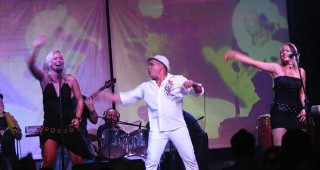| Ambience |       |
| Popularity |     |
| Entertainment |       |
| Service |   |
 (+53)7267 - 0110
(+53)7267 - 0110Opened in 1931, the Tropicana has played host to Benny More, Nat King Cole, Jack Nicholson and ‘Lucky’ Lucian–and many, many more. This is a Vegas-style extravaganza with seating for 1,400 people and 200 performers going through the full range of popular Cuban dance. As you’d expect, the dancers are beautiful and the costumes, choreography and routines are excellent, but the food is poor, the show lasts forever and it is seething with tourists. A recent revamp seems to have changed everything and nothing with the basic formula remaining as it has been for years.
Cuban cabarets – Socialism and sensuality!
The lights go down… as a troupe of near-naked showgirls in silver thigh-high boots and glowing chandeliers atop their heads appears at the back of the auditorium. Their see-through fishnet body suits drip with silver baubles that dangle like still-wet tiny fishes, and they strut down the aisle like sex washing up from the sea. Welcome to the Tropicana…
“Sonora’s y snores…Showtime!”
Rumbling drums. Trilling trumpets. Whirling spotlights.
The lights go down… as a troupe of near-naked showgirls in silver thigh-high boots and glowing chandeliers atop their heads appears at the back of the auditorium. Their see-through fishnet body suits drip with silver baubles that dangle like still-wet tiny fishes, and they strut down the aisle like sex washing up from the sea.
Welcome to the Tropicana, the most famous of Cuba’s pre-revolutionary open-air extravaganzas–girls! girls! girls! Now in its seventh decade of Vegas-style paganism.
Every town in Cuba has at least one cabaret espectáculo–‘show’–featuring flamboyant cabaret routines highlighted by a never-ending parade of mulata (mixed-race) showgirls sashaying and shaking in sequined bikinis, ruffled frills, sensational headdresses, and feathers more ostentatious than peacocks’. Jugglers, acrobats, even comedians are often featured, as are solo singers who perform everything from boleros to romantic opera–all a legacy of the 19th-century Cuban music halls that were the modern cabarets’ antecedent.
Outshining all other venues is the Tropicana, with open-air outlets in Havana, Matanzas, and Santiago de Cuba.
Neither the Revolution nor the recent economic crisis ruffled the feathers of the “paradise under the stars,” which opened on New Year’s Eve 1939 in the Havana district of Marianao in an open-air theater in the gardens of the former residence of the U.S. ambassador. The Tropicana featured effusive tropical foliage as part of its setting. International celebrities such as Nat “King” Cole, Josephine Baker, and Carmen Miranda headlined the shows, drawing the Havana elite. The show was so popular that a 50-passenger “Tropicana Special” flew nightly from Miami for an evening of entertainment that ended in the nightclub’s casino, which offered a daily $10,000 bingo jackpot–and, on Sundays, a free raffle give-away of a new automobile.
In the late 1950s, the club was owned by Martín Fox, who held a legal monopoly on the installation and maintenance of slot machines–máquinas traganíqueles–in Havana. Managing the casino was Mafia associate Lefty Clark.
Kicking out the Mafia and closing the strip clubs, casinos, and brothels had been one of the revolutionary government’s first moves. ‘It is as if the Amish had taken over Las Vegas,’ lamented Kenneth Tynan in Holiday magazine. Not quite! Sure, the pre-revolutionary casinos, strip clubs, and live sex shows are gone, but the cabarets remain. They were closed briefly in 1968 but after an ideological soul-searching, the performers and patrons reopened them thanks to a demonstration of popular support. And, thanks to an acknowledgement that these seemingly pure ’50s follies inherently play a profound part in the Cuban sense of identity.
Cuban couples delight in these razzmatazz spectacles and shakes their head at any puritanical concept that they’re not quite PC. ‘Cuban cabarets aren’t sexist,’ Sandra Levinson, director of the Center for Cuban Studies, in New York, once told me. ‘They’re part of Cuban tradition. Cabarets are integral to Cuban culture.’
It’s remarkable how much of Cuba’s sauciness lingers on. Yes, there’s usually a story line discernible amid the gratuitous skin and erotic gyrations. But it’s the leggy mulata women comprising the figurantes, or chorus line, that form the glue connecting the shows’ various elements.
I recalled my first visit to the Tropicana. I watched, mesmerized, as rainbow-hued searchlights swept over hordes of voluptuous showgirls, and gaudily feathered mocha-skinned bailarinas (usually shorter mulatas dancers comprising a secondary troupe) paraded twenty feet up among floodlit palm trees, quivering beseechingly like tropical birds.
“People associate the Tropicana with mulata showgirls who are beautiful, well endowed and sensual,” says the show’s public relations director, Juan Carlos Aguilar.
Foreign tourists usually misinterpret why this is so. True, while the statuesque figurantes are undeniably and intentionally sexy, to Cubans they literally represent the nation itself. Since colonial days, the mixed-race mulata became a defining aspect of an emergent nation merging African and Spanish cultures into a unique and new whole–what Cuban ethnologist Fernando Ortíz termed “transculturation.” Even Cuba’s mulato poet laureate, Nicolás Guillén, chose the mulata as emblematic of Cuban identity. Moreover, ritual dances from the island’s syncretic Santería religion are the quintessential element of most Cuban cabarets. The music is principally of Yoruba origin. Some songs are even sung in the Yoruba language. And the figurantes, when they appear in their sensuous yellow costumes, are seen as idealized embodiments of Ochún, the provocative Santería goddess of love.
Thus, the pivotal status of the mulata–a national icon and a symbol of Cuba’s diversity and beauty in cabaret shows.
Tropicana’s performers–more than 200 of them–are handpicked from the crème de la crème of Cuba’s beauties, dancers, and singers. So esteemed are figurantes and bailarinas that more than 10,000 hopefuls a year apply for auditions. And top international guest performers are still given star billing.
Other shows aren’t quite so, er, well-endowed.
‘The chicas danced in earnest but seldom in sync, their tattered fishnet stockings running before our eyes while the solo singer singing off-key into her cordless mike…would have been better served had she carried a mikeless cord,’ wrote author Tom Miller of Havana’s budget Cabaret Las Vegas.
While the Tropicana (which generates about $2 million per year in foreign revenue) and the Hotel Nacional’s Cabaret Parisién cater mainly to tourists, at provincial cabarets the crowd is usually entirely Cuban–mostly young couples drawn principally for the post-show discos. Most shows are themed, however loosely. Tropicana in Santiago follows a coherent story line that traces Cuban history from Columbus to Revolución, while retaining the high-kicking spirit of sensuality. (A bonus: the post show disco, hot enough to cook the pork, draws a large local crowd exuding their own Latin mystique.) More typical is Cabaret Rumayor, in the town of Pinar del Río, where dancers adorned (sometimes barely, though, unlike the old days, never bare-breasted) as representations of the Santería Orishas perform amid a frenzied melee of horns, drums, and maracas in a show full of sinister and sexual content.
Cabarets are the free expression of sensuality inherent in the Cuban sense of a liberated self. And the Tropicana is a national institution–the pinnacle of a performance art as syncretistic as Santería itself and as quintessentially Cuban as cigars and rum.
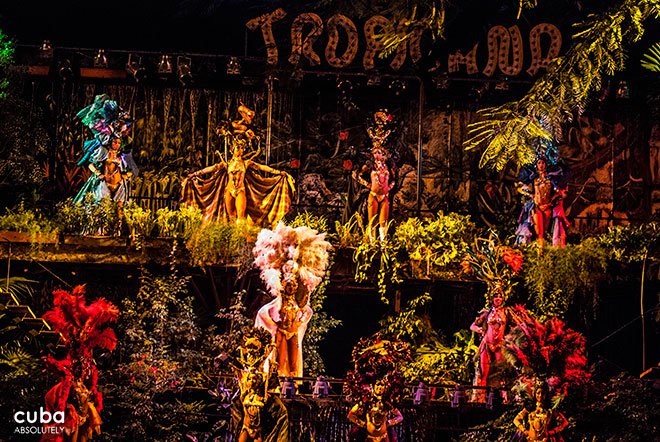

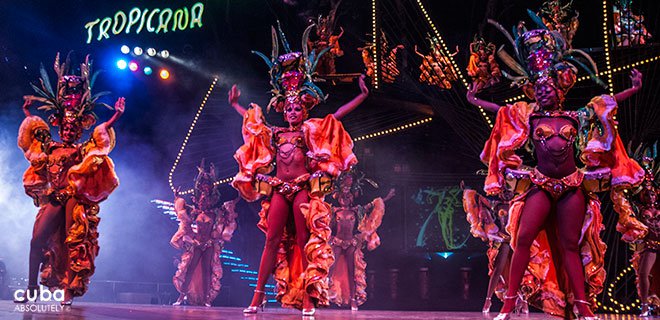
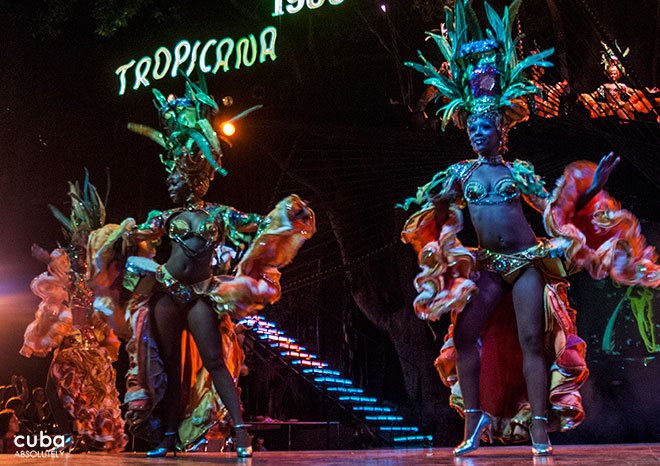
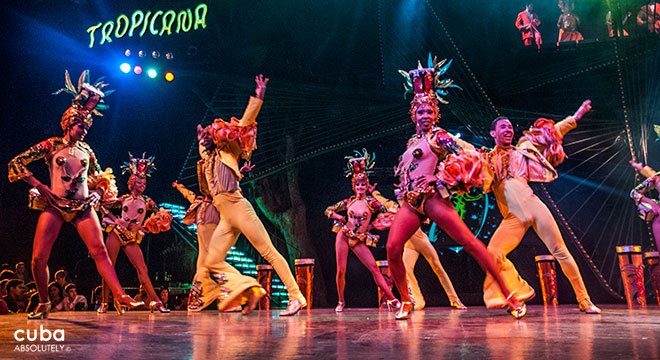

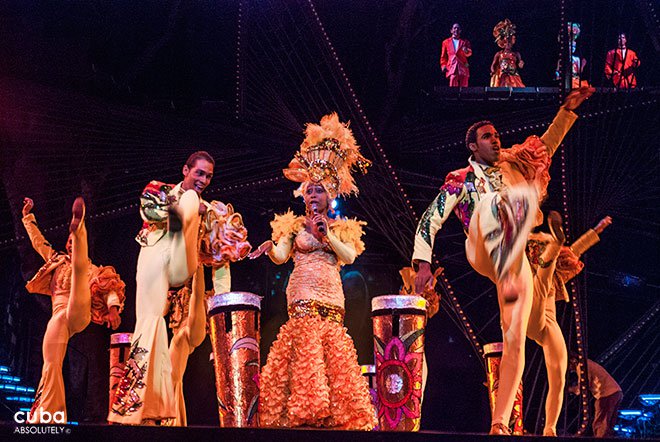
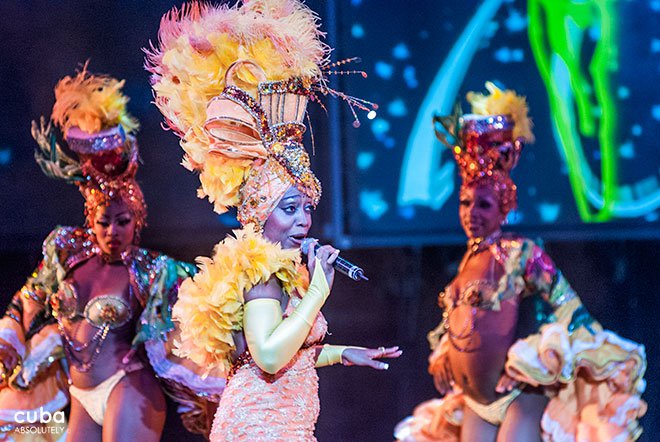
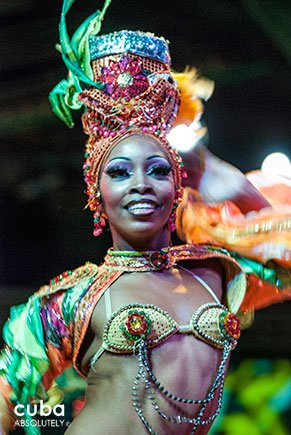
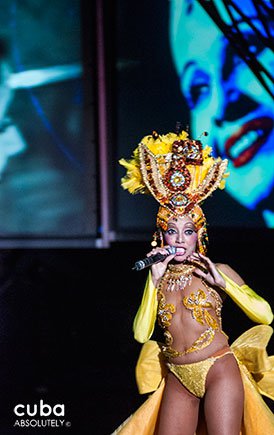
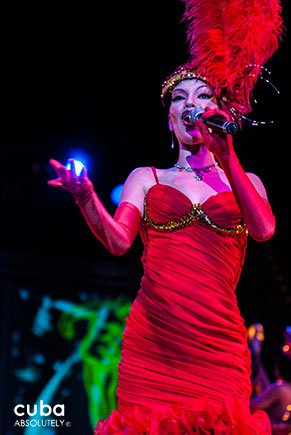
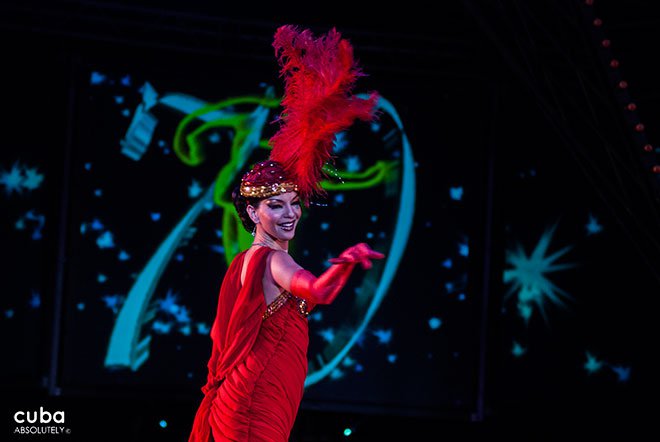
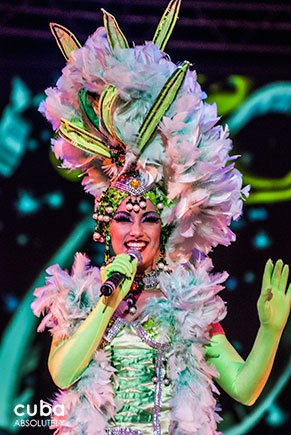
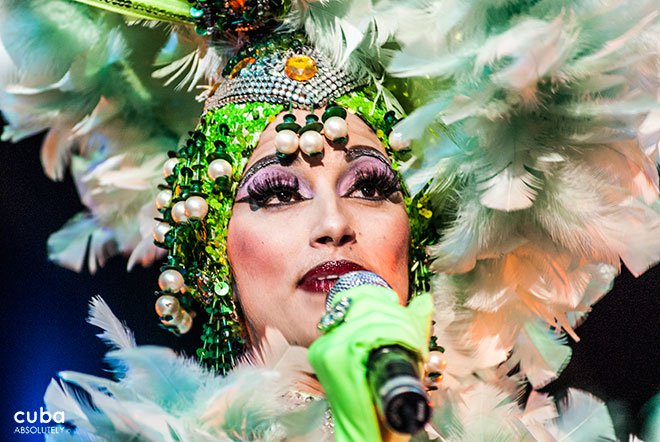
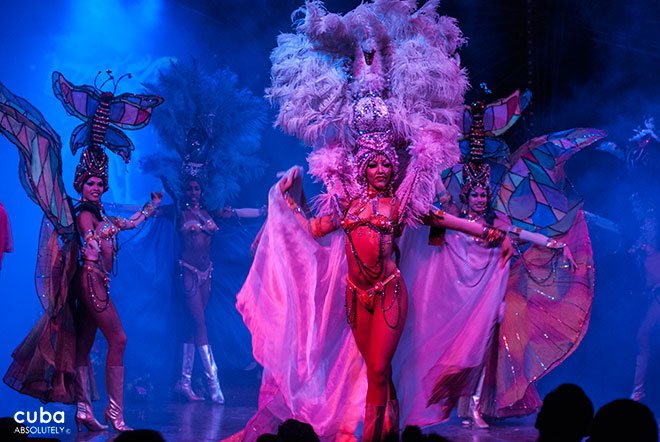

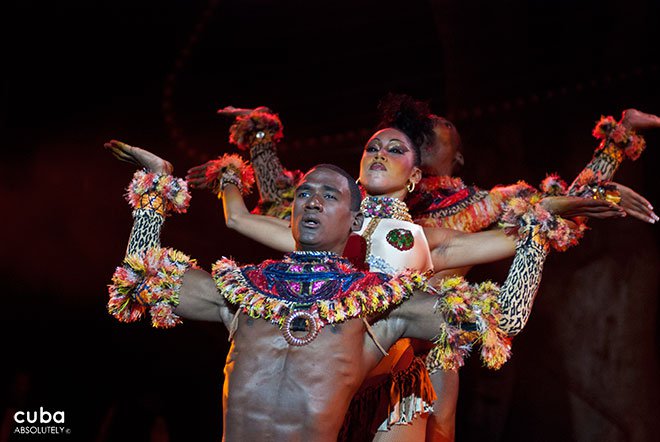
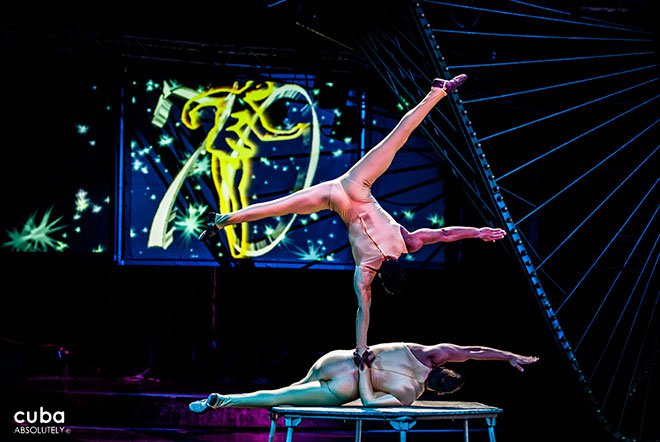
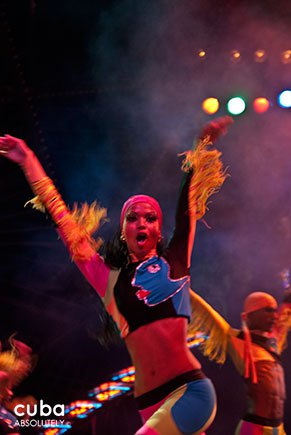
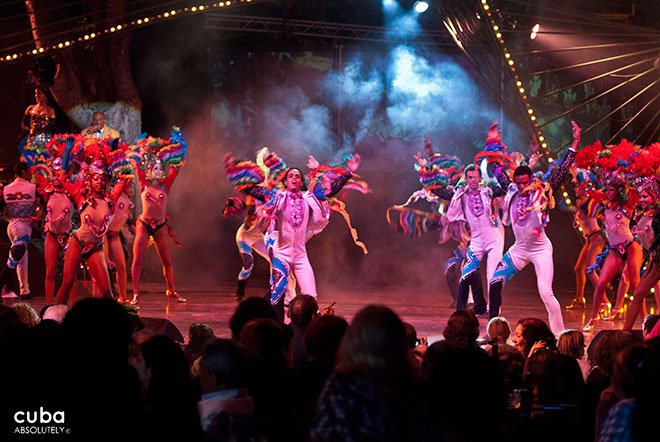


 Traditional bar
Traditional bar



